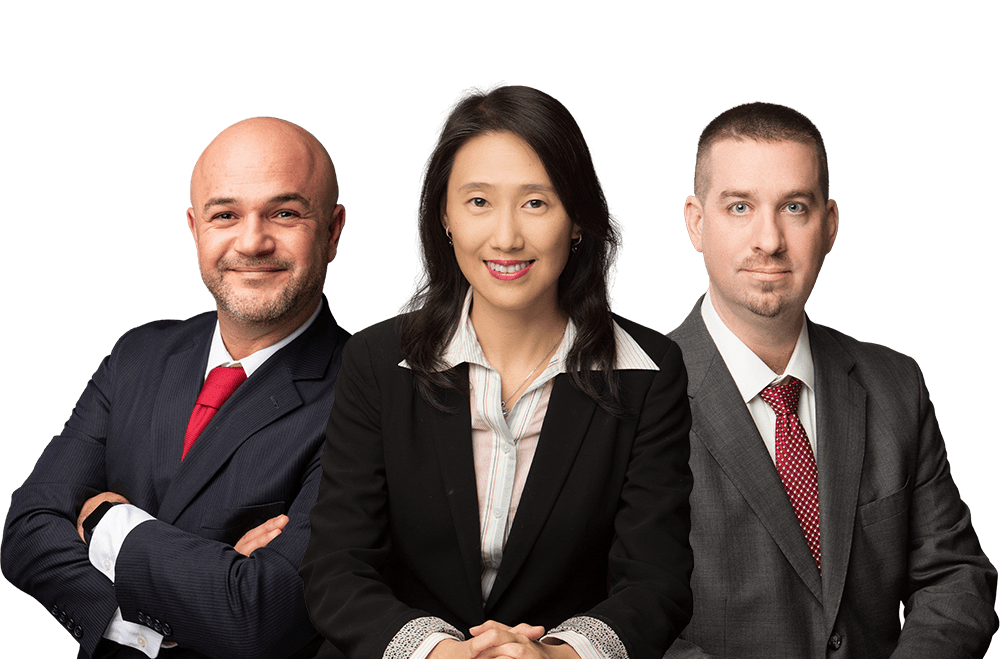EPO objections of added subject-matter due to an Unallowable Intermediate Generalization
According to Art. 123(2) EPC, a European patent application or a European patent may not be amended in such a way that it contains subject-matter which extends beyond the content of the application as filed.
The idea underlying Art. 123(2) EPC is that an Applicant should not be allowed to improve their position by adding subject-matter not disclosed in the application as filed, which would give them an unwarranted advantage and could be damaging to the legal security of third parties relying on the content of the original application (see G 1/93, OJ 1994, 541).
Among the amendments resulting in subject-matter extending beyond the application as filed are those giving rise to an “undisclosed combination of selected features lying somewhere between an originally broad disclosure and a more limited specific disclosure” (T1408/04). It is the so-called Unallowable Intermediate Generalization. For example, an Unallowable Intermediate Generalization may occur whenever a specific feature used to limit a claim is extracted in isolation from an originally disclosed combination of features.
An Intermediate Generalization may be allowable only in specific circumstances, i.e., if there is no structural and functional relationship between the extracted feature and the remaining features of the embodiment disclosing the extracted feature. In particular:
- the extracted feature must not be related or inextricably linked to the other features of that embodiment, and
- the overall disclosure has to justify the generalizing isolation of the feature and its introduction into the claim.
If these two conditions are not met by the amendment, it is considered that the Applicant has added subject-matter to the application due to a generalization which was not clearly and unambiguously disclosed in the originally filed application.
An example taken from the decision T1164/04 and explained in the Guidelines for Examination (H V.3.2.1) may further clarify this EPO approach. Claim 1 related to a water dispersible and flushable absorbent article. Amended claim 1 specified that each of the first and second fibrous assemblies is a wet laid tissue. In connection with the first fibrous assembly, the application as filed referred to a wet laid tissue in combination with other features (tissue is apertured; tissue is provided with fibrils or sufficient inherent porosity). Since the first fibrous assembly was disclosed in the application as filed as being a wet laid tissue, only in combination with other features which were not present in claim 1, the amendments made were deemed to constitute a generalization of the originally disclosed technical information, thereby introducing subject-matter extending beyond the content of the application as filed.
From a practitioner perspective, any draft specification should be reviewed before filing an EP application, so as to include possible additional claim elements or fall-back limitations disclosing intermediate embodiments between the broadest embodiments and the narrowest embodiments. Practitioners should, for example, consider adding further embodiments or additional claims that combine those elements or fall-back limitations with the generally discussed features of the invention before filing their EP application. Drafting all dependent claims in a multiple-dependent format when applicable may also help. In order to preserve the priority right of as many combinations as possible, if the priority application is a U.S. application (where nested multiple dependent claims are not used for cost reasons), including a list of the claimed embodiments in multiple-dependent format within the specification text may also help to reduce the risk of the intermediate-generalization problem in some instances.




